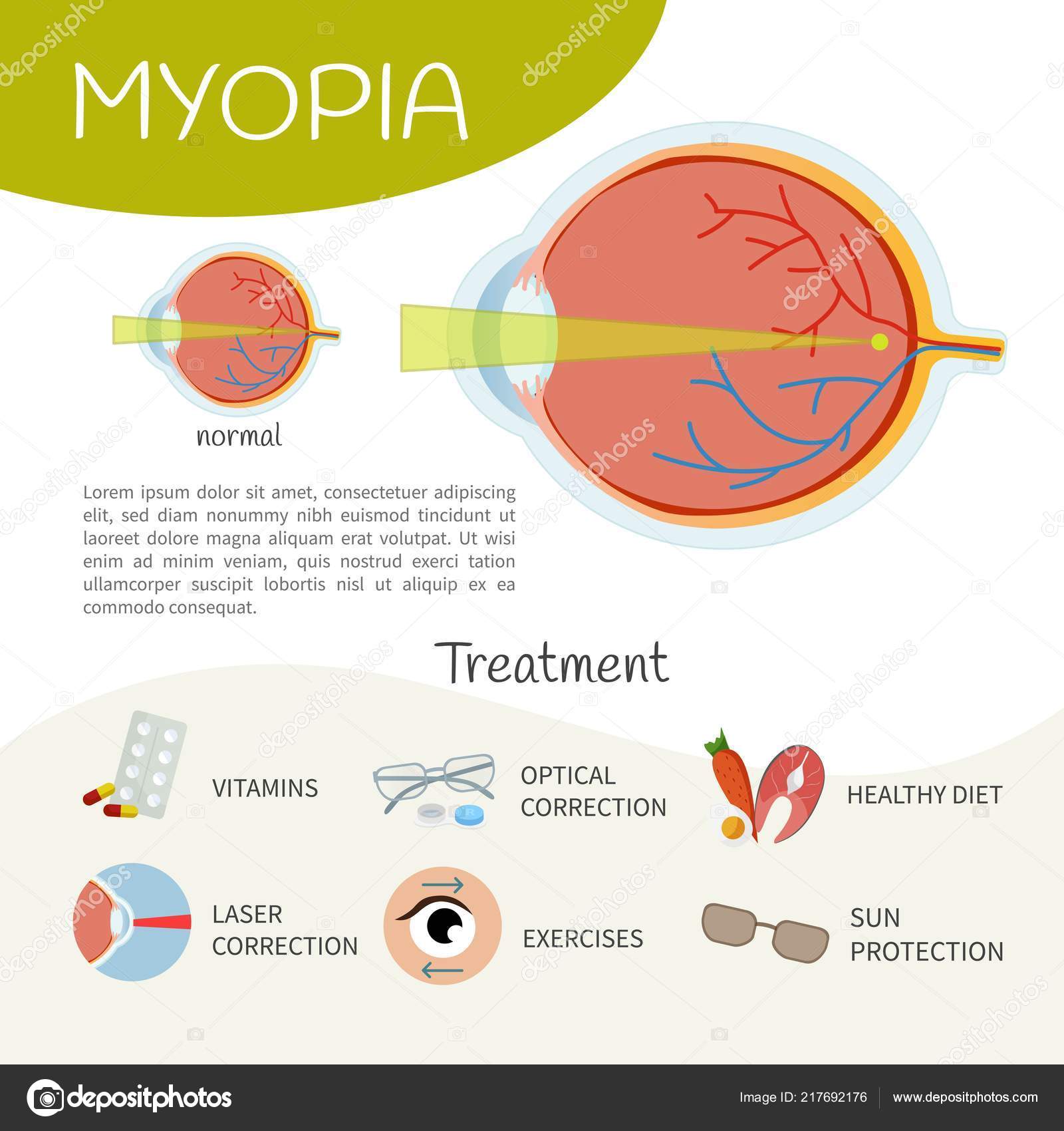Interested In Discovering The Differences Amongst SMILE, LASIK, And PRK Treatments For The Eyes?
Interested In Discovering The Differences Amongst SMILE, LASIK, And PRK Treatments For The Eyes?
Blog Article
Material Writer-Fischer Vincent
If you've been taking into consideration SMILE eye surgery, you could wonder how it stacks up against LASIK and PRK. Each treatment has its own set of advantages and factors to consider. From quicker recovery times to prospective risks, there are crucial differences you must be aware of before deciding. Recognizing these differences will assist you make an educated option that aligns with your details needs and expectations. Curious to understand more concerning exactly how these treatments compare carefully? Keep on exploring to obtain an extensive understanding of SMILE, LASIK, and PRK.
SMILE Eye Surgical Treatment Review
If you're considering SMILE eye surgical treatment, you'll find it to be a minimally intrusive procedure with a quick recovery time. Throughout SMILE (Little Cut Lenticule Removal), a laser is used to create a little, specific cut in the cornea to remove a tiny item of tissue, improving it to correct your vision. This differs from LASIK, where a flap is created, and PRK, where the outer layer of the cornea is totally removed.
One of the vital benefits of SMILE is its minimally intrusive nature, resulting in a faster healing process and less pain post-surgery. The recuperation time for SMILE is reasonably quick, with several patients experiencing improved vision within a day or more. This makes it a preferred choice for those seeking a hassle-free and reliable vision adjustment treatment. Furthermore, SMILE has been shown to have a reduced danger of completely dry eye syndrome compared to LASIK, making it a beneficial alternative for individuals concerned about this potential adverse effects.
Distinctions Between SMILE, LASIK, and PRK
When comparing SMILE, LASIK, and PRK eye surgeries, it is essential to understand the distinctive methods used in each procedure for vision adjustment.
SMILE (Tiny Laceration Lenticule Extraction) is a minimally invasive procedure that includes creating a small laceration to extract a lenticule from the cornea, improving it to correct vision.
LASIK (Laser-Assisted In Situ Keratomileusis) entails creating a slim flap on the cornea, utilizing a laser to reshape the underlying tissue, and afterwards repositioning the flap.
please click for source (Photorefractive Keratectomy) gets rid of the outer layer of the cornea prior to reshaping the cells with a laser.
The primary difference depends on the method the cornea is accessed and treated. SMILE is flapless, making it a great alternative for individuals with thin corneas or those associated with call sporting activities. LASIK uses fast aesthetic recovery due to the flap development, yet it might position a greater threat of flap-related difficulties. PRK, although having a longer healing duration, prevents flap-related concerns completely.
Understanding these variances is essential in picking one of the most ideal procedure for your vision correction needs.
Advantages And Disadvantages Comparison
To assess the advantages and downsides of SMILE, LASIK, and PRK eye surgeries, it's vital to think about the certain benefits and prospective limitations of each procedure. SMILE surgery offers the advantage of a minimally intrusive procedure, with a smaller sized incision and potentially quicker healing time contrasted to LASIK and PRK. It additionally lowers the danger of completely dry eye post-surgery, an usual side effect of LASIK. Nevertheless, SMILE might have constraints in dealing with greater levels of myopia or astigmatism compared to LASIK.
LASIK surgery offers rapid aesthetic healing and marginal discomfort during the treatment. It's highly reliable in treating a variety of refractive mistakes, including nearsightedness, hyperopia, and astigmatism. Yet, LASIK brings a danger of flap problems, which can impact the corneal framework.
PRK eye surgery, while not as prominent as LASIK, prevents developing a corneal flap, minimizing the risk of flap-related difficulties. It appropriates for people with slim corneas or uneven corneal surfaces. However, PRK has a longer recovery time and may entail extra pain throughout the healing procedure.
https://pros-and-cons-of-monovisi21086.howeweb.com/27093126/enhancing-visual-quality-through-advanced-laser-eye-treatments , when it involves picking in between SMILE, LASIK, and PRK, consider it like picking the ideal pair of shoes. SMILE is like a streamlined, comfortable set of tennis shoes - quick and easy.
LASIK is more like fashionable high heels - flashy and quick, however with some possible risks.
PRK is like strong hiking boots - reliable and durable, however requiring a bit more time and effort.
Eventually, is general anesthesia used in cataract surgery depends on your specific needs and choices.
